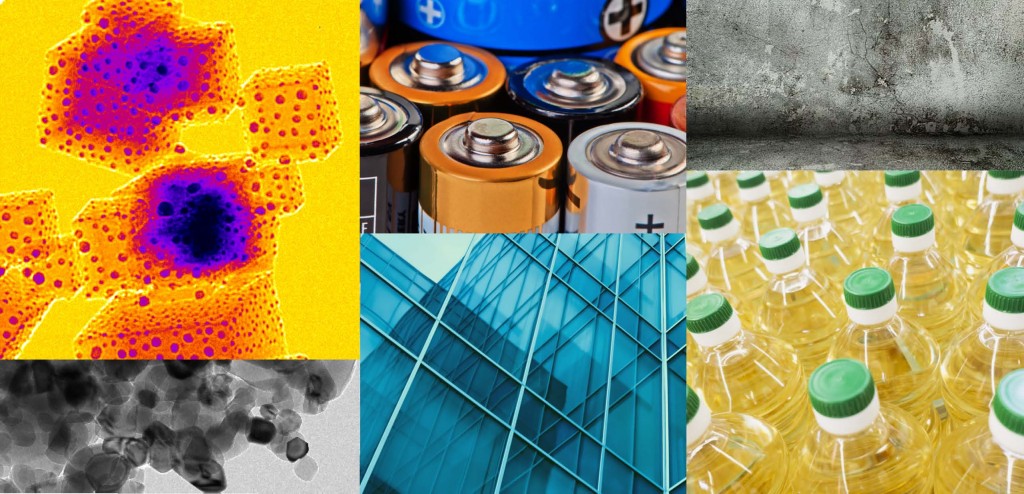
[Images above] Credit: NIST
NANOMATERIALS
A faster, more efficient imaging system for nanoparticles
Researchers from the Institut national de la recherche scientifique developed a new system for imaging nanoparticles. It consists of a high-precision, short-wave infrared imaging technique capable of capturing the photoluminescence lifetimes of rare-earth-doped nanoparticles in the micro- to millisecond range.
Key dynamics of 2D nanomaterials with view to larger-scale production
Rice University researchers mapped out how flecks of 2D materials move in liquid. This knowledge could help scientists assemble macroscopic-scale materials with the same useful properties as their 2D counterparts.
ENERGY
MOF-based filter harvests energy from seawater evaporation
Researchers at Huazhong University of Science and Technology developed a small prototype device based on a metal–organic framework that harvests the latent heat of evaporation in seawater.
Turning glass into a ‘transparent’ light-energy harvester
Researchers at École polytechnique fédérale de Lausanne and Tokyo Tech proposed a novel way to create photoconductive circuits, where the circuit is directly patterned onto a glass surface with femtosecond laser light. The new technology may one day be useful for harvesting energy while remaining transparent to light.
Dirt-powered fuel cell runs forever
Researchers led by Northwestern University developed a new fuel cell that harvests energy from microbes living in dirt. Not only did the fuel cell work in both wet and dry conditions, but its power also outlasted similar technologies by 120%.
Sustainable battery electrode material derived from tea waste
Harvard University researchers developed a high-performance sodium-ion battery anode using a hard carbon material derived from waste tea leaves.
High-safety, ultrafast charging for lithium batteries
Chung-Ang University researchers studied the impact of high-concentration electrolytes on battery interface kinetics and stability, demonstrating their effectiveness in improving fast-charging abilities and preventing issues caused by lithium plating.
MANUFACTURING
Benchtop test quickly identifies extremely impact-resistant materials
Massachusetts Institute of Technology engineers developed a way to quickly test an array of metamaterial architectures and their resilience to supersonic impacts. They suspended metamaterial lattices between microscopic support structures and then fired particles at the materials. The impact was captured with high-speed cameras.
New way to make high-temperature superconductors—with a twist
An international team of researchers developed a new method to make and manipulate cuprates, a widely studied class of high-temperature superconductors. They placed two cuprates together and twisted them in a precise way, creating a new superconductor that holds potential as the world’s first high-temperature, superconducting diode.
OTHER STORIES
Evolved enzyme breaks silicon–carbon bond
Using directed evolution, scientists created the first enzyme known to break a silicon–carbon bond. The finding could be a preliminary step toward biodegrading volatile methyl siloxanes, which are used in many consumer products.
Transform everyday materials into conductors for use in quantum computers
Researchers at the University of California, Irvine and Los Alamos National Laboratory described a new method that transforms everyday materials such as glass into materials scientists can use to make quantum computers. The key was applying the right kind of strain to materials at the atomic scale.
Liquid RAM for wearables, robots, implants
Tsinghua University researchers developed a fully flexible resistive random-access-memory device, dubbed FlexRAM, using a gallium-based liquid metal. The metal undergoes oxidation and reduction mechanisms while in a solution environment that mimics the hyperpolarization and depolarization of neurons.
Researchers aim to predict probability of concrete foundation failure in Connecticut homes
The University of Connecticut recently received an additional $4 million grant from the National Institute of Standards and Technology to better understand the effects of the concrete-degrading mineral pyrrhotite.
